Shares of Netflix and Disney have seen a significant increase in recent years, as the companies adapt to changing viewer habits and invest in new forms of entertainment. According to industry reports, the rise of TikTok and micro-dramas has led to a shift in the way people consume television, with many viewers now watching shows while simultaneously scrolling through their phones.
Industry insiders attribute this change to the growing popularity of vertical video content, which is designed to be consumed in short, bite-sized chunks. "We're seeing a lot of interest in vertical micro-dramas, which are essentially short episodes that are filmed specifically for mobile devices," said a spokesperson for Netflix. "These shows are often as short as 45 seconds and are intended to grab the viewer's attention with over-the-top premises."
The trend is not limited to Netflix, however. Disney has also invested heavily in vertical video content, with a focus on creating short-form shows that can be easily consumed on mobile devices. "We're seeing a lot of success with our vertical video content, particularly among younger viewers," said a Disney spokesperson. "These shows are often more engaging and interactive than traditional TV shows, and they're allowing us to reach a new and diverse audience."
The shift towards vertical video content has also led to changes in the way writers approach storytelling. According to reports, Netflix executives are asking screenwriters to dumb down their scripts so that viewers who are watching in the background can still follow along. "It's all about creating a more immersive experience for the viewer," said a Netflix writer. "We're using more dialogue and less exposition, and we're trying to create a sense of tension and suspense that will keep viewers engaged even if they're not paying full attention."
The rise of micro-dramas and vertical video content has also led to concerns about the quality of television programming. Some critics argue that the emphasis on short-form content is leading to a decline in the quality of writing and acting. "I think we're seeing a lot of lazy writing and a lack of attention to detail," said a TV critic. "These shows are often more concerned with being viral than with telling a compelling story."
Despite these concerns, the trend towards vertical video content shows no signs of slowing down. In fact, many industry insiders believe that this is the future of television. "We're seeing a seismic shift in the way people consume media, and vertical video content is at the forefront of that shift," said a media analyst. "It's not just about watching TV on your phone – it's about creating a more immersive and interactive experience that allows viewers to engage with the content in new and innovative ways."
As the industry continues to evolve, it will be interesting to see how television programming adapts to the changing needs and habits of viewers. One thing is certain, however: the rise of micro-dramas and vertical video content is here to stay, and it's changing the way we watch TV forever.




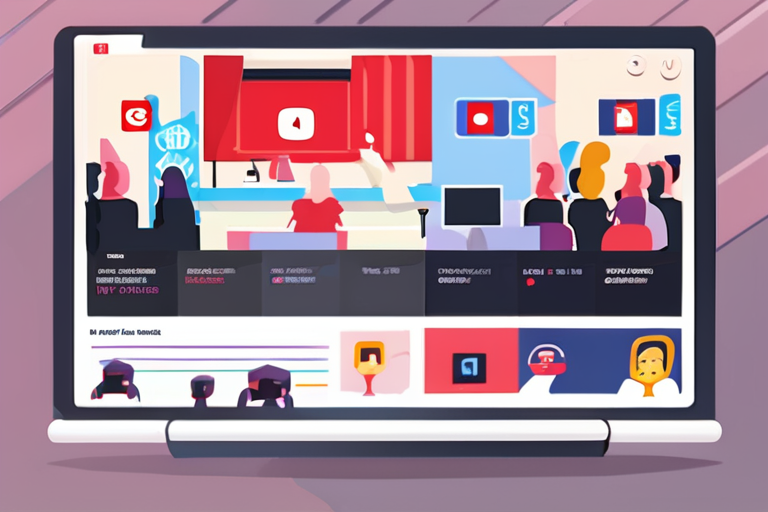


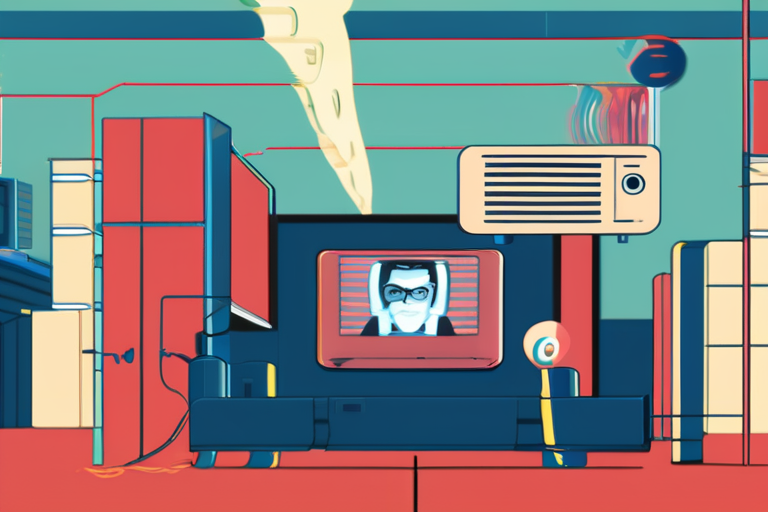







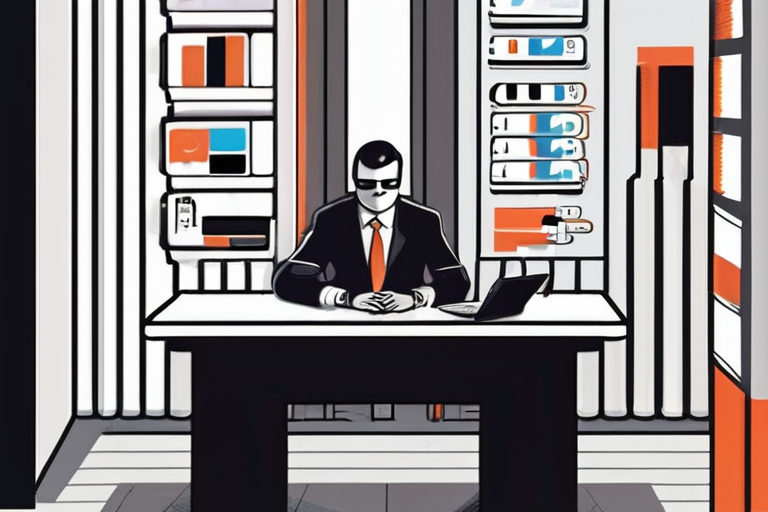
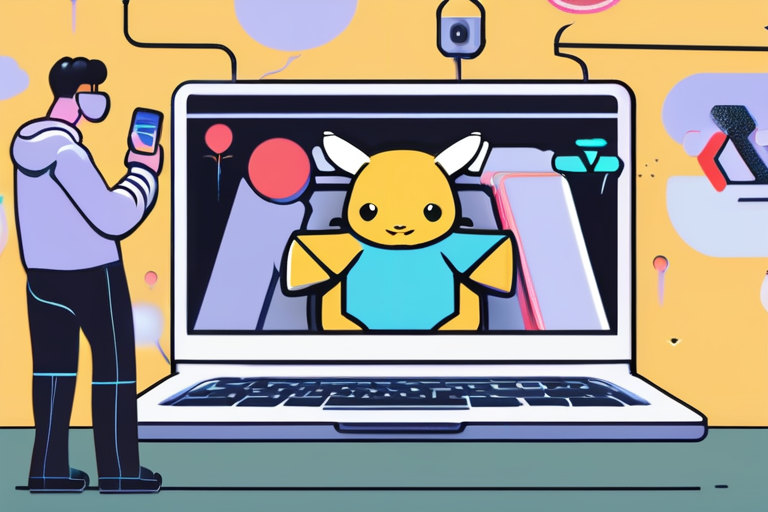

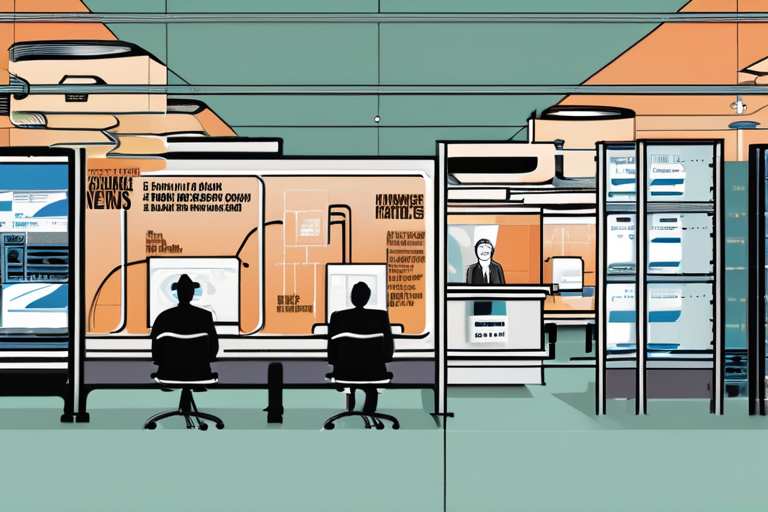

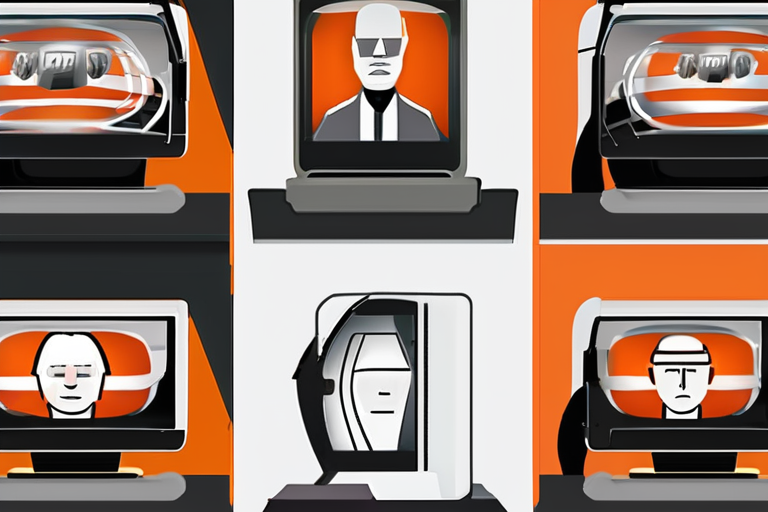






Share & Engage Share
Share this article